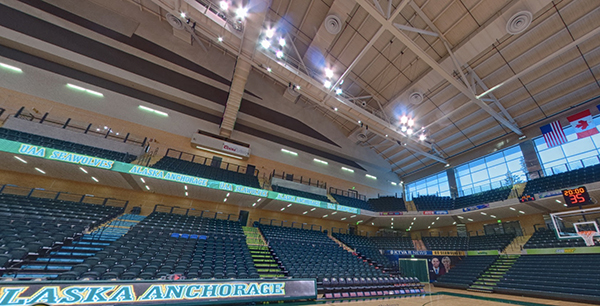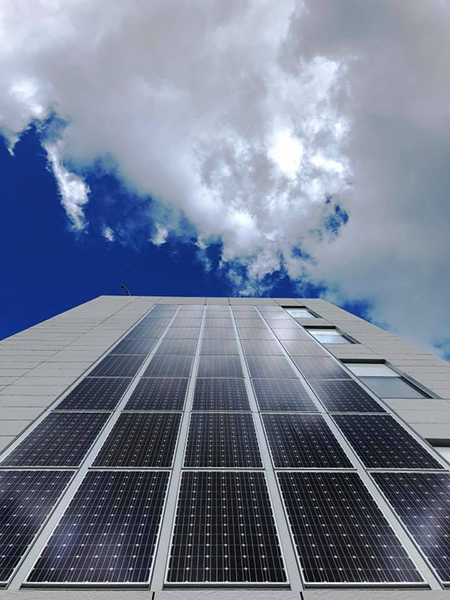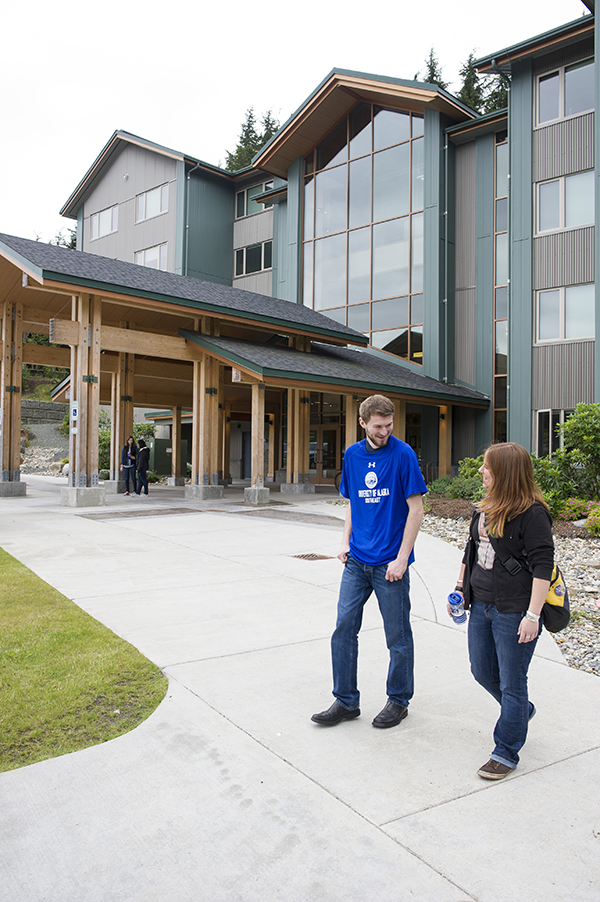Did you know that the University of Alaska System is taking steps to operate more cost effectively, with each of our universities implementing ways to lower energy bills and increase efficiency?

The cost of energy is an issue for many Alaskans and Alaska businesses. The same is true for the UA system. But our top notch universities provide ideal green energy opportunities for its buildings and classrooms including solar power and other renewable energy innovations to bring down costs and improve efficiency.
Each university is doing its part.

At UAA, all surface parking lot, trails and parking garage lights have been transitioned
to LED bulbs which are far more efficient than traditional light bulbs. Additionally,
some of UAA’s largest buildings like the Alaska Airlines Center main arena lighting
have been retrofitted with LED, funded through a 5 year return on investment plan.
UAA’s current top priority capital project combines antiquated boiler and pneumatic
control systems upgrades with LED lighting conversion to forecast a $300,000 annual
savings in operating costs.
“At UAA, our budget for energy is $6 million, so a 5% or 10% savings is a significant
amount of money,” said Kim Mahoney, associate vice chancellor for Facilities and Campus
Services at UAA."

At UAF, solar panels on the Student Recreation Center and the Engineering Learning and Innovation
Facility help power important areas for student activities, innovation and learning.
Additionally, the Alaska Center for Energy and Power (ACEP) is conducting ongoing research on the feasibility of expanded solar power in Interior
Alaska. ACEP will be hosting a series of virtual workshops leading up to the first-ever Alaska Sustainable Energy Conference in May.

At UAS, the John R. Pugh residence hall is outfitted with an Air Source Heat Pump – one
of four on campus. These pumps work by transferring heat absorbed from the outside
air and repurposing it to an indoor space. Working similarly to a refrigerator, these
pumps absorb heat and transfer it to another medium and provide more heat to a building
per kilowatt-hour of electricity than an electric boiler. When the outside temperature
is in the 40s, UAS has been able to cut energy costs by more than half by using these
heat pumps instead of electric boilers.
That same residence hall has been retrofitted with triple-pane windows with an argon
gas filling that gives these windows up to 50 percent more insulation efficiency than
single-pane windows and up to 20 percent more insulation value than double-pane windows.
The facilities teams at each university are constantly looking at options to improve energy efficiency. Those cost savings mean more resources are available to focus on students and programs.
